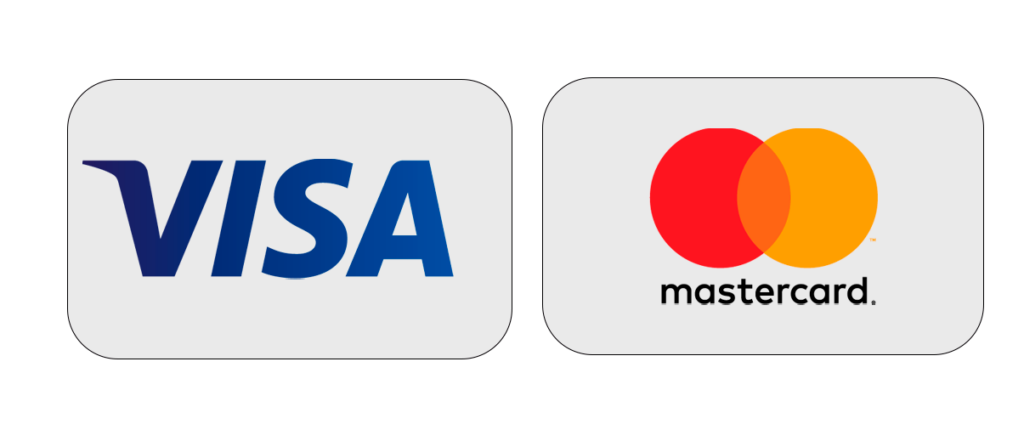
Blockchain technology, which retains a tamper-proof record of transactions and keeps track of who owns what, underpins cryptos. The use of blockchains solved the issue of stopping people from duplicating their holdings and trying to spend it twice that plagued earlier attempts to create entirely digital currencies. Depending on how they are utilized, individual cryptocurrency units may be referred to as coins or tokens. Some can be used to participate in certain software programs like games and financial products, while others can be used as storage of value or as units of exchange for goods and services. Bitcoin uses a procedure called “mine,” which is a typical method for creating cryptos. Computers must solve challenging puzzles as part of the bitcoin mining process in order to validate the legitimacy of transactions on the network. The owners of those computers can get newly minted cryptocurrency as payment. Other cryptocurrencies manufacture and distribute tokens in different ways, and many of them have a noticeably smaller environmental impact. It would be challenging for consumers to have confidence in the security of their holdings in the absence of a recognized method to confirm transactions. On a blockchain network, there are various ways to achieve “consensus,” but one of the most frequently employed is called “proof of work”.
What is the proof of work in the crypto market
One way to encourage users to contribute to the accurate historical record of who owns what on a blockchain network is through the use of proof of work. Proof of work is a key topic in the crypto market since Bitcoin makes use of it. Users must gather and submit blocks containing recent transactions for inclusion in the ledger in order for blockchains to function, and the Bitcoin protocol rewards users that successfully do this. Mining is the procedure in question. Many people attempt to submit blocks in order to compete for these incentives, but only one can be chosen for each new block of transactions. Users of Bitcoin must solve a challenging puzzle that consumes a significant amount of energy and computer resources in order to determine who receives the reward. The “work” in proof of work is the solution to this puzzle. The Bitcoin incentives are more than enough for some lucky miners to cover the associated expenses. However, the expense also serves as a deterrent for dishonest participants. It might not be worthwhile to risk tampering with the records and having your submission rejected, forfeiting the payment, even if you gain the right to establish a block.
How to mine cryptocurrencies ?
Cryptocurrency mining is typically only feasible for proof-of-stake currencies like Bitcoin. Before you go any further, it is important to keep in mind that without significant investment, entry hurdles may be high and success rates may be poor. Early Bitcoin users were able to mine cryptos using standard computers, but as the network has expanded, the operation has grown more challenging. Nowadays, the majority of miners employ specialized computers whose primary purpose is to continuously conduct the intricate calculations needed in mining. Furthermore, having even one of these laptops won’t ensure your success. Many miners use an abundance of mining equipment, filling entire warehouses, in their pursuit of riches. The miner can join a mining pool where users split rewards if they lack the resources to compete with the big players. As a result, the reward for a successful block is smaller, but the likelihood that miners will at least receive a return on their investment is higher.






